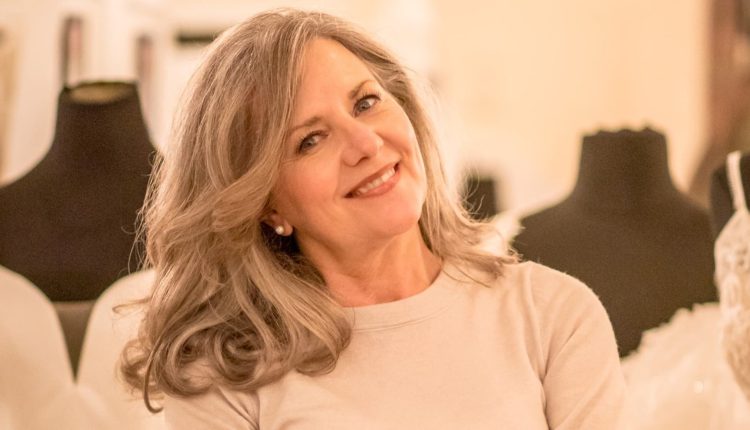At 31, ‘cash-strapped’ single mom started saving $25 a month—she used it to launch a business that brings in $440,000 a year
In 2000, Penny Bowers-Schebal was a 31-year-old “cash-strapped” single mother struggling to cover basic household bills.
She wanted to “build financial security” beyond the 401(k) program at her employer, Progressive Insurance, she tells CNBC Make It. So, at the advice of Suze Orman, she started putting $25 per month into a Dividend Reinvestment Plan (DRIP).
Under that plan, you invest in a single company — Bowers-Schebal picked Home Depot because Progressive didn’t offer DRIP accounts at the time — and all earnings are automatically used to buy more of that same company’s shares.
It seemed like a small, realistic option to Bowers-Schebal, who didn’t have the time, money or educational resources to track the stock market or hire a broker.
The monthly $25 felt like a “pittance,” she says, but it paid off: In 2017, Bowers-Schebal withdrew $25,000 from her Home Depot account and used it to launch a wedding gown shop in rural Geneva, Ohio, called Formality Bridal.
Her store became profitable after its first year, she says. She opened a second location in Erie, Pennsylvania, late last year, and the two locations brought in more than $441,000 in annual revenue, according to documents reviewed by CNBC Make It.
Ultimately, her Home Depot investment brought her an annual return of roughly 13%. That outpaces the S&P 500’s average annualized return of 10.26% over the past 67 years.
“I’m not a big investor, and this was a life-changing investment for me,” Bowers-Schebal, now 55, says. “It allowed me the opportunity to open a business without borrowing the seed money from a bank or putting my family in any financial peril.”
A bit of luck — and advice for first-time investors
Bowers-Schebal’s investment was somewhat lucky.
Home Depot’s stock split multiple times over her 20-year investment, which meant she owned twice the number of shares at half their initial price. That can benefit long-term investors: Once the shares went back up, she owed more shares at a higher value.
Investing in a stable company also helped, says Douglas Boneparth, certified financial planner and co-author of “The Millennial Money Fix.”
DRIP accounts were created as a practical way to invest, allowing newcomers to explore the stock market without paying broker commission fees. But broadly speaking, tying all your investment money to a single company is risky: If the company tanks, so do you, says Boneparth.
“It’s the opposite of diversification, it’s concentration,” he says. “What if she invested in a company that wasn’t around anymore, like RadioShack?”
His advice for first-time investors today: Look into sites like Robinhood, which allow you to invest in multiple stocks while only charging transaction fees. It’s less of an “administrative pain” than having multiple DRIP accounts, Boneparth says.
“All of the things that the DRIP offered, relative to brokerage, have all but faded,” he adds. “Technology has given the entire industry a huge life in terms of democratization and accessibility to investing.”
Disclosure: Douglas Boneparth is a member of CNBC’s Advisor Council.
Want to land your dream job in 2024? Take CNBC’s new online course How to Ace Your Job Interview to learn what hiring managers are really looking for, body language techniques, what to say and not to say, and the best way to talk about pay. Get started today and save 50% with discount code EARLYBIRD.
Read the full article here

